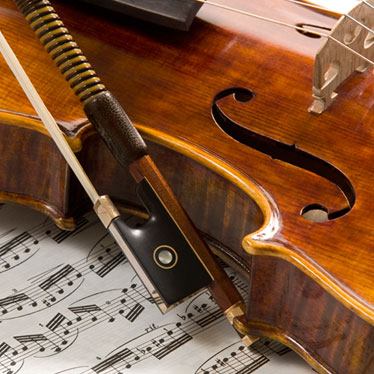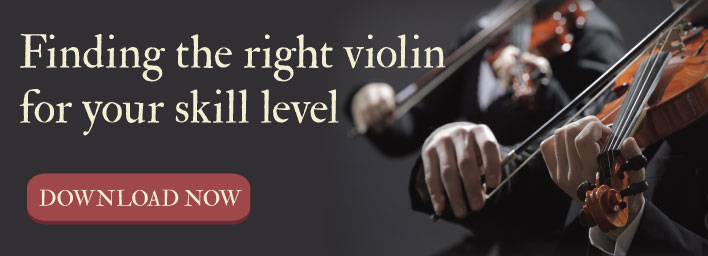6 Steps To Get Back To Your String Instrument When You Haven't Played In Years

If you’ve recently decided to dust off your string instrument after years of avoidance, you’re not alone. Many adults want to try playing again after a long hiatus, but wonder if they’ll even remember the basics. Relearning your string instrument is a lot like riding a bike. You know the fundamental process and can balance fairly well, but your muscles will have atrophied a little. You shouldn’t hop on a bike and do a marathon, but you can gradually build up your strength.
The same is true for learning to play your string instrument again. The benefits for adults who try their hand at playing are substantial. You help build cognitive strength, get healthy stress relief, can broaden your social circle, and gain a low-cost hobby that will provide countless hours of joy. Plus, you may find that as an adult, you reach a higher level of mastery than when you played as a child. Gaining these advantages is a simple matter. You just need to follow a few steps.
#1. Make a visit to your local instrument shop
Odds are, your string instrument will need a full set up to get it back into playing shape. If it’s been collecting dust in the attic, there may be cracks (God forbid!) and other small problems that will need to be fixed.
When you take out your instrument, look for seam separations, bridge and string issues, and any peg problems. All of these glitches can be solved by a trip to your local luthier, or instrument shop. Prepare to spend around a hundred dollars for major repairs.
#2. Outline your specific goal
When you are learning a new skill, or in this instance, relearning an old one, you need to determine your goals before you get started. Having a clear reason to play will help keep you motivated.
Perhaps you want to join a local group of musicians, or play a certain song for an upcoming celebration or event. Outlining exactly what you want to accomplish will guide your learning process and give you an objective.
#3. Slow and steady wins the race
Like the bicycle comparison, you don’t want to do too much too fast. Right now, you just need to focus on building back your muscle memory, finger placement, and bowing techniques. The key to learning these skills again is slow, deliberate practice. Use exaggerated slow and leisurely tempos to play your scales, and start off with the basics. A G-Major scale in one octave is the perfect starting point for violinists.
Use measured, whole bow stokes for each note. Go from tip to frog, keeping the bow “straight” (centered between the bridge and the fingerboard). By focusing on bowing, you can ensure that your learning progress is steady and sure.
Your brain will remember the connections it made while learning music in your youth, and your muscles will return to their former flexibility if you concentrate on controlling bow strokes. Also remember to keep your fingers down on the fingerboard in order to build correct left-hand placement.
#4. Take advantage of technology
You probably spent years learning to play your string instrument using books and hands on instruction. With the emergence of the digital age, however, there are now tools available that are free and can be accessed anywhere there’s an Internet connection. A number of highly respected music teachers deliver online learning courses that you can use whenever your schedule permits. A simple google search will also yield YouTube instructions and other resources that will make learning so much easier than previous options.
#5. Always do warm up exercises before you play
This is an important step even for young players. Warm up exercises will prevent sprains and muscle pain. Although you’ll definitely feel some normal soreness from using muscles that aren’t part of your daily routine, flexibility exercises help prevent overuse injuries that can stall your progress before you really get started.
You wouldn’t think of working out without stretching first, right? If you want to rebuild your music skills, you shouldn’t neglect the warm-up part of your daily practice.
#6. Be patient with yourself
Learning to play your string instrument again shouldn’t be hectic or stressful. Unlike the pressures you had during adolescence, you know the amount of free time each day that you can devote to your music. Of course, you should make sure to allocate at least 30 minutes of practice time every day to ensure that your muscles and joints build back their flexibility, but don’t make it a chore. It’s supposed to be fun.
If you stick with it, you’ll be surprised how quickly those old skills will come flooding back. When that happens, the learning process will be an enjoyment, not a burden.


